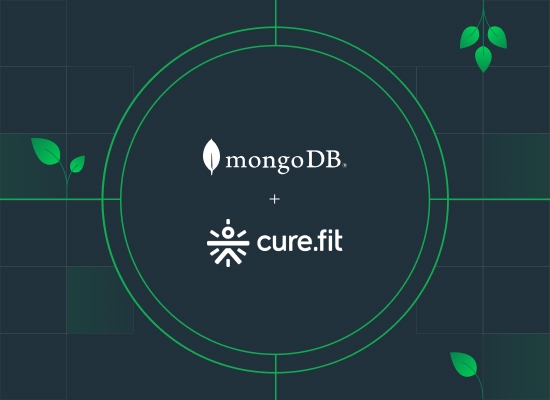cure.fit energizes massive growth with apps powered by MongoDB Atlas
on AWS


“It’s an entire managed platform and ecosystem, so it was the natural choice for us.”
Kunal Khandelwal
Software Engineer, cure.fit
Software Engineer, cure.fit

“MongoDB Atlas on AWS saves us the effort of managing infrastructure, scaling up and down, obtaining metrics, and getting regular backups. This way we can focus on development and delivering a great user experience.”
Kunal Khandelwal
Software Engineer, cure.fit
Software Engineer, cure.fit
Take the next step
Get access to all the tools and resources you need to start building something great when you register today.
.svg)